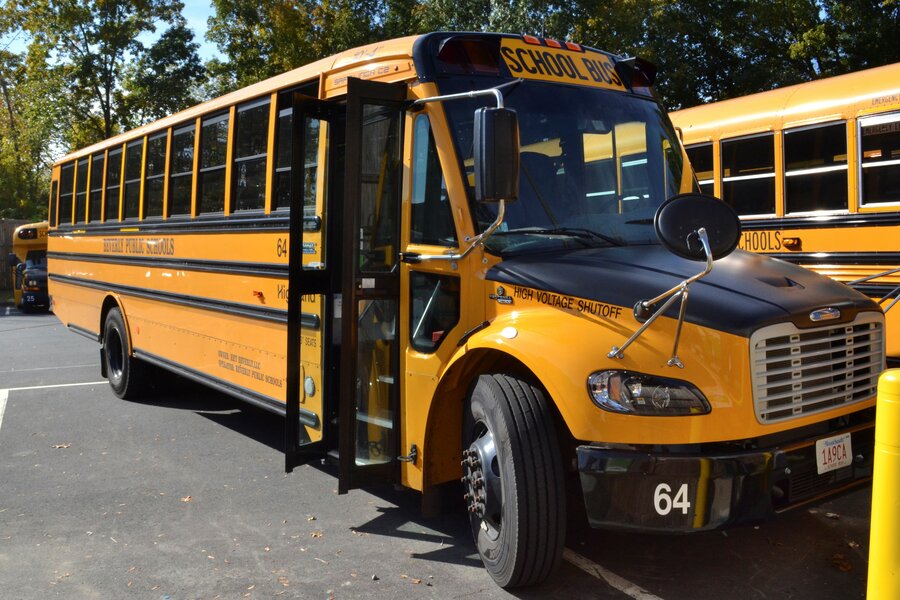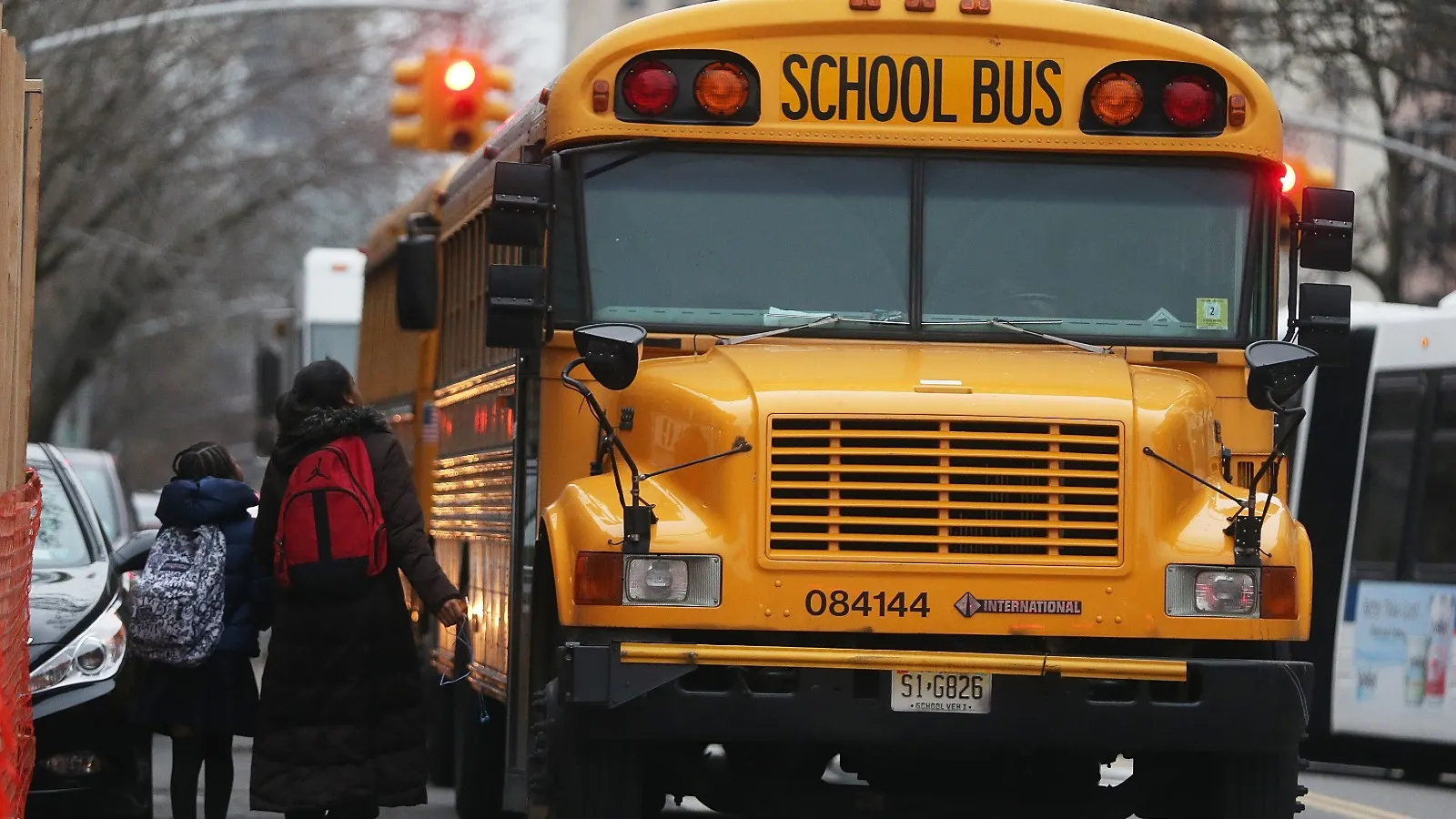Introduction
In a significant move to reduce harmful air pollution and greenhouse gas emissions, the United States Environmental Protection Agency (EPA) has announced nearly $1 billion in grants to replace diesel-powered school buses with electric and lower-emitting vehicles1. This initiative aims to secure a healthier future for our children, where they can breathe cleaner air and mitigate the adverse health effects associated with diesel emissions12. In this article, we will explore the details of this program, its impact on communities, and the challenges faced in transitioning to electric school buses.
The Need for Change

Diesel emissions from school buses have long been linked to negative health outcomes, including higher rates of asthma, cancer, and school absenteeism1. These adverse effects are particularly pronounced in communities of color and low-income neighborhoods, which are disproportionately affected by air pollution2. Recognizing the urgency to address these issues, the EPA’s initiative focuses on serving school districts in these communities, with 86% of grant recipients coming from low-income, rural, and tribal areas2.
The Grant Program
Under the grant program, the EPA will disburse funds to 280 school districts across the country, benefiting approximately 7 million children1. This is part of a broader federal strategy aiming to spend 40% of investments in environmental justice communities1. With these additional funds, the total awarded to add clean buses to schools reaches approximately $2 billion, resulting in the addition of around 5,000 electric and low-emission vehicles1. This significant investment will have a profound impact on reducing harmful emissions and creating a safer environment for our children.
Environmental and Health Benefits
Replacing diesel school buses with electric and lower-emitting vehicles brings a multitude of environmental and health benefits. Electric buses produce zero tailpipe emissions, reducing greenhouse gas emissions and combating climate change1. They also contribute to cleaner air by eliminating harmful pollutants such as particulate matter, nitrogen oxides, and volatile organic compounds1.
Furthermore, the health benefits associated with this transition are substantial. By reducing exposure to diesel emissions, the risk of respiratory diseases, including asthma, can be significantly decreased1. This is particularly crucial for children, as they are more vulnerable to the adverse effects of air pollution2. Cleaner air in and around schools can lead to improved attendance, better academic performance, and enhanced overall well-being for students.
Infrastructure Challenges
While the transition to electric school buses is a commendable endeavor, it is not without its challenges. One significant obstacle is the limited infrastructure for charging electric vehicles1. The increased demand on utility companies to support a large fleet of electric buses may impact the timeliness of replacing diesel buses1. However, as the adoption of electric vehicles continues to grow, it is expected that the charging infrastructure will expand to accommodate the needs of school districts.
Resistance and Concerns

Despite the positive intentions behind the transition to electric school buses, some states have expressed resistance to completely phasing out their diesel school fleets1. In New York, for example, Republican senators have raised concerns about the financial burden placed on school districts due to the new state mandate banning the purchase of diesel buses from 2027 onwards1. These concerns highlight the need for comprehensive planning and support to ensure a smooth transition for all stakeholders involved.
Economic Considerations
While the upfront cost of electric school buses may be higher than their diesel counterparts, the long-term economic benefits are significant. Electric buses have lower operating costs due to the lower cost of electricity compared to diesel fuel1. Additionally, maintenance costs are typically lower for electric vehicles, as they have fewer moving parts and require less frequent servicing1. Over time, the savings in fuel and maintenance expenses can offset the initial investment, making electric buses a financially viable option for school districts.
Beyond School Buses: A Broader Impact
The transition to electric and lower-emitting vehicles in school districts is just one piece of a larger puzzle. It aligns with the federal strategy to invest in environmental justice communities and promote sustainability1. By reducing emissions from school buses, we contribute to cleaner air for everyone, not just students. The positive impact extends beyond the school grounds, benefiting the surrounding communities and the overall environment.
Conclusion
The investment of nearly $1 billion in replacing diesel-powered school buses with electric and lower-emitting vehicles is a significant step towards a healthier and more sustainable future1. This initiative by the EPA will not only reduce harmful air pollution and greenhouse gas emissions but also improve the overall well-being of our children by providing cleaner air to breathe2. While challenges exist in terms of infrastructure and resistance, the long-term benefits and positive impact on environmental justice communities make the transition to electric school buses a worthwhile endeavor. By embracing cleaner transportation options, we pave the way for a greener and healthier tomorrow.
References
Footnotes
